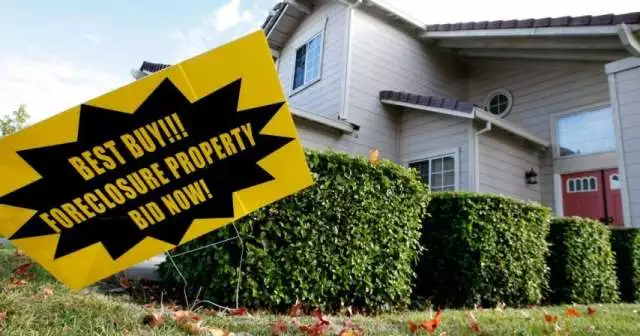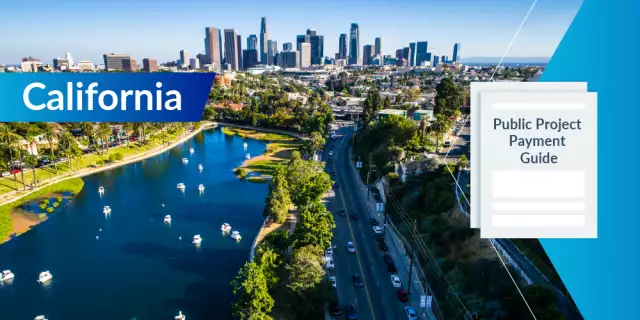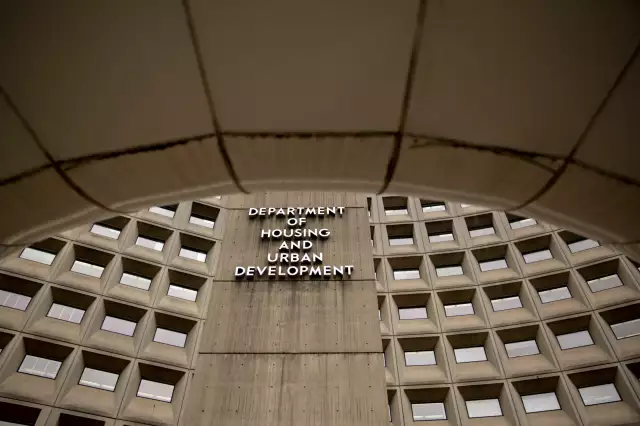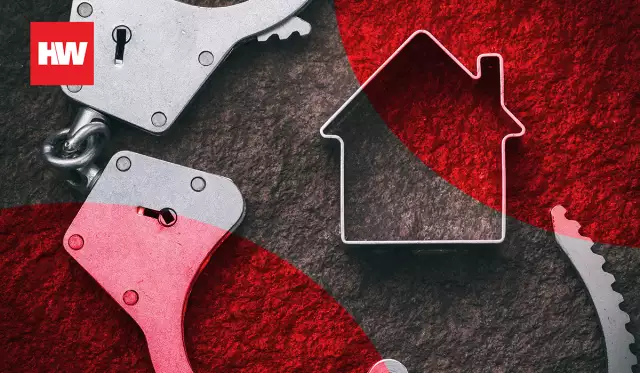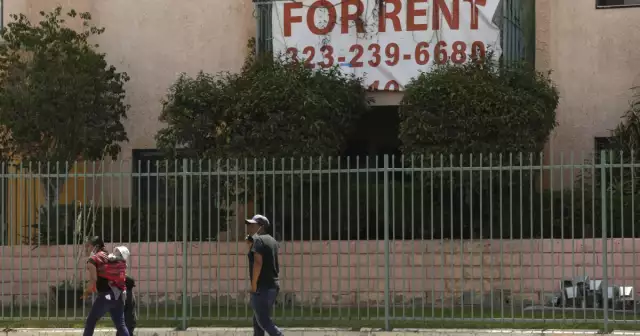California has a new COVID mortgage relief program. Here's how to get help
California has a new COVID mortgage relief program. Here's how to get help
Federal COVID-19 relief dollars have already helped more than 140,000 California renters pay the debt they accrued to their landlords during the pandemic.
Now, the state is offering similar relief to qualified homeowners who’ve fallen behind on their mortgages. The new California Mortgage Relief program will pay up to $80,000 worth of mortgage, property tax and insurance bills for qualified applicants.
“The COVID-19 pandemic has left many California homeowners struggling to cover their mortgage costs,” said Rebecca Franklin, president of the California Housing Finance Agency’s Homeowner Relief Corp. “This program is designed to help low- to moderate-income Californians who have lost their jobs or experienced financial hardships due to COVID-19 and fallen behind on their payments get caught up and start fresh.”
The program is funded by a $1-billion grant from the federal government, which allocated $10 billion for mortgage assistance in March as part of the American Rescue Plan. The Treasury Department divvied up the money according to each state’s population of unemployed workers and borrowers with delinquent mortgages.
To qualify, a household must earn no more than the median income in its area (for example, $118,200 for a family of four in Los Angeles County), and the home at risk of foreclosure must be the household’s primary residence. Here are the details on who’s eligible, how to apply, when the aid will start flowing and how long the help will be available.
The program is designed to aid only homeowners who are already well behind on their mortgages on account of the pandemic, and who aren’t in the process of working out a plan with their lenders to defer some debt to avoid foreclosure.
According to the state program’s website, you qualify for aid if you and the California property in question meet the following conditions:
People who received other forms of government assistance or loan forbearance from their lenders are still eligible to apply for the new program. But struggling homeowners should talk to their mortgage servicer about other options, such as a formal loan modification that lowers their payments, Franklin said in an email. In some cases, she said, those options may be more advantageous to the borrower than the state program.
Notably, aid will also be available for qualifying people with reverse mortgages — that is, they are borrowing against a fully paid-off home — who have fallen behind on property taxes or premiums for home insurance coverage mandated by their lender.
One other major caveat: Because the money goes directly to the company servicing your loan, you won’t be able to obtain aid if that company isn’t participating in the program. As of late December, state officials said that 43 servicers handling an estimated 83% of the eligible loans in the state were participating, and an additional 13 servicers handling 3% of those loans were entering the program. The state has reached out to the remaining servicers to try to get them to sign up as well.
Susan Milazzo, chief executive of the California Mortgage Bankers Assn., said it makes more financial sense these days for lenders to take the state aid than to foreclose. “Mortgage bankers want to take every step necessary and available to them to keep homeowners in their homes,” she said.
The definition is broad, covering anything pandemic-related that materially reduced your household’s income or increased your living expenses, including temporary changes.
Examples of income reductions include being laid off or having your hours cut when your employer was required to close its stores or limit in-person services. Examples of higher living expenses include COVID-related medical bills and higher food costs because you had to take in relatives who lost their jobs.
You don’t have to back this up with any specific proof or paperwork; instead, you simply have to attest that you suffered a hardship because of COVID and describe it. But be forewarned, false statements can result in you being prosecuted for perjury.
You have to do it online, at camortgagerelief.org. If you don’t have access to the internet or a computer, you can ask a housing counselor to assist you. For help finding a counselor certified by the federal Department of Housing and Urban Development, call (800) 569-4287. You may also get help from the company servicing your mortgage.
The online application process starts with questions to determine your eligibility. If you meet the state’s criteria, you can then complete an application for funds. Here’s where you will need some paperwork to establish how much you earn and how much you owe.
According to the program’s website, among the documents you will need to provide are a mortgage statement, bank statements, utility bills and records that show the income earned by every adult in your household, such as pay stubs, tax returns or a statement of unemployment benefits. Applicants who are not reliant on public assistance or paying more than 40% of their household income to their lenders will also be asked for proof that their lender refused to defer debt or modify their loan to help them avoid foreclosure.
The site provides links to the application in English, Spanish, Chinese, Korean, Vietnamese and Tagalog.
“If you have all your information and documents gathered, you can fill out the application on a computer, smartphone or tablet in under 30 minutes,” Franklin said. “Documents can easily be uploaded through your smart phone by using your phone’s browser to log on to the application portal and taking a photo of the needed information and adding it to your application.”
This is a key question, given that the federal government lifted its moratorium on foreclosures of government-backed mortgages at the end of July. According to the state Attorney General’s Office, homeowners are still entitled to ask their lender for a debt-deferral deal that could keep them out of foreclosure for at least a few more months, but if your lender won’t grant you forbearance, you’ll need help in a hurry.
A spokeswoman for the program said officials are hoping to get the aid flowing quickly; the state has been running a pilot version of the program since August, so it’s not breaking new ground here, just scaling up. A key factor in how quickly your application can be processed is whether you provide all the necessary documents and attestations in a timely fashion.
Applicants who are denied can reapply if their circumstances change. They can also appeal the decision by emailing appeals@camortgagerelief.org and making their case for a reversal.
Once your application has been granted, though, you won’t be eligible for any further aid from the program.
There is no set date; instead, the state will continue to offer help to homeowners who became delinquent in 2020 and 2021 until it has spent all $1 billion from the federal government, a process that’s expected to take three years. The state estimates that the money will be enough to help 20,000 to 40,000 borrowers.
The money will be awarded on a first-come, first-served basis, with one important exception: Forty percent of the aid must go to “socially disadvantaged homeowners.” Those are residents of the neighborhoods most at risk of foreclosure, based on the Owner Vulnerability Index developed by UCLA’s Center for Neighborhood Knowledge.
